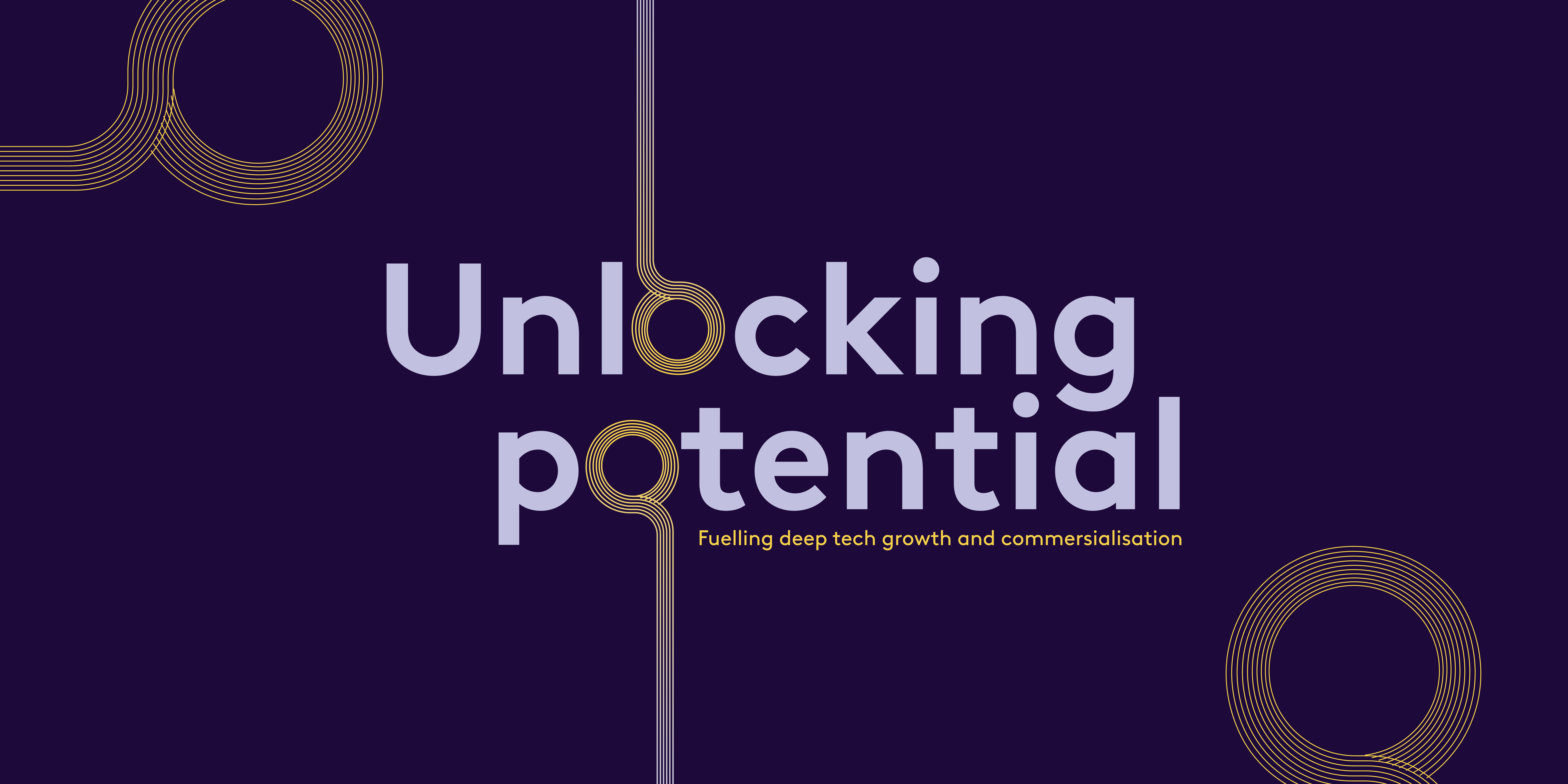Managing growth, redundancies and planning for the uncertainty of 2022/23
This time last year we were in the swirl of the ‘war for talent’ at the tail end of ‘the great resignation’. Today, Elon Musk owns Twitter and we’ve seen an unprecedented number of companies conduct large rounds of layoffs. Some of the world’s largest, high-growth tech businesses, previously considered untouchably stable, have made an unsettling number of employees redundant. In addition, we have economic and political uncertainty, with rising inflation and cost of living.
So, what does this mean for start ups? How is the current climate going to impact the people in our businesses, and the top talent every founder dreams of recruiting? In this guide to the tumultuous time for talent this year has become, I’ve offered some thoughts on how employees and candidates are likely to respond – and strategies for optimising outcomes across three different business scenarios.
Your employees:
As a founder, it’s important to remember that everyone has access to the same media as you. Your staff knows what’s happening, but you have some agency in how things play out:
- Worst case: The perception and feeling of uncertainty causes frustration, disengagement, and disenchantment, which can evolve into resentment of leadership. Culture could be damaged and employees will leave for what they see as more stable opportunities.
- Best case: Employees meet the moment with flexibility and creativity, and you’re able to navigate together through this uncertain time to come out on the other side as a stronger business and team.
- How to avoid the worst – and reach the best: In any time of uncertainty, it’s very important to over-communicate to your employees, offering full clarity on what, how and why decisions are being made over what timespan. Anxiety and uncertainty thrive in the empty space that can be easily filled with communication. Meet the moment with transparency, directness, and vulnerability. Take time to listen and hear your employees’ concerns – then help your employees to navigate them.
Prospective candidates:
Unfortunately, the climate is also likely to impact prospective talent. With trouble reaching even big tech, candidates might think twice before signing on with an untested start up.
- Worst Case: Start ups will become unattractive employers, as the perception that they’re a risky career direction grows. This means the most relevant and strongest candidates may be less interested in moving into a start up, and makes it significantly more challenging to convert candidates at each stage of the interview process.
- Best Case: The recruitment process will include more diligence for candidates and companies alike, and the hires that get made will be more committed to the mission of the company – and have a greater alignment with the needs of the role.
- How to avoid the worst and achieve the best: This is an important opportunity to make sure your hiring plan is thorough, and every role you’re hiring for has a clear and unique purpose in the company. Make sure to include information about funding and runway in your recruitment materials, to reassure candidates about the level of stability in your business. Emphasise the tangible elements of the role in the recruitment process: learning opportunities, personal development and the impact they stand to have on the business. Use the time to clean up your processes, too.
Whether you need to reduce costs as a business, hire a lot of people quickly, or hire a smaller number of people more slowly, the above will be true. At Octopus Ventures, all our portfolio companies have access to our team of People and Talent experts – but we’ve put together a brief guide for founders we haven’t met yet.
Scenario 1: You need to reduce costs, and may need to conduct redundancies
Scenario 2: You are growing the team quickly
Scenario 3: You are hiring, but more slowly
Scenario 1: You need to reduce costs, and may need to conduct redundancies
Like many businesses, including some of the world’s biggest, you may be impacted by the current market, and you will be looking to extend runway through cost-cutting measures. Our resources here focus on the worst-case scenario: needing to conduct redundancies. This is always a difficult process, but it can be made substantially better (or worse) by the way the process is communicated and managed.
As talent experts with years of combined experience, we have unfortunately been privy to many of these over the years. Here are some pointers on how to manage the worst outcome with grace, and make sure the process is as pain-free as possible for everyone involved:
- Make one difficult redundancy round rather than a lot of little ones. Not only is this a tough process to go through, it can be a huge distraction for the business. Avoid a second round of redundancies if you can.
- Don’t confuse ambiguity with compassion. It’s human nature to try to avoid directness and transparency in communications in order to save someone from negative feelings, but in this context you shouldn’t. People know when it’s happening, and it’s worse than being direct.
- Do everything you can to support employees impacted by layoffs. The way you treat exiting employees will affect your employer brand – both internally and externally. Act with compassion and generosity.
- Keep looking forward. The pursuit of your goal as a business is still there on the other side of this difficult moment, and you need to keep the remaining team energised around it. That doesn’t mean ignoring the difficulties you and your team has been through, but be sure that you don’t dwell too much.
Resources:
Here’s some reading that may prove helpful:
- How to lead and rally a company through a layoff
- Workplace survivor syndrome: what it is and how to cope
- Tips for Managing Layoffs and Re-Engaging Your Team
- How to support your remaining employees after layoffs
- Employer Brand during layoffs
- 3 ways to humanise your employer brand in times of tech layoffs
Scenario 2: You are growing the team quickly
If your business is still growing and you’re still hiring, then it’s likely that you’ll be excited (quietly or openly) about the sudden surge of talent arriving onto the market. Big tech businesses are sharing their redundancy lists, and if you can source them, they’re definitely a great database of top talent to reach out to.
If you do make contact, make sure you remember what these individuals have been through recently: approach them with empathy, whilst differentiating yourselves from the competition. Keep your message brief – and make sure it’s personal.
When it comes to your messaging to candidates, you’ll likely need to shift your recruitment strategy overall, at the same time as giving due thought to retaining employees whilst scaling. Here are some tips to bear in mind if this scenario maps onto your growth journey:
- Invest in your recruitment process. Candidates’ experience during the hiring process will give them a taste of what their work life at your business may be like. We recommend you:
- Make sure all roles are clear and focused – this is important for both the candidates and the existing team.
- Ensure all interviewers are trained, and that each have an area to focus on (It’s important to avoid an overlap in interview questions).
- Keep the process snappy. Get interviews scheduled quickly and hold them as soon as possible. Decisions should be made and communicated within 24 hours of an interview completing.
- Communicate transparently – with candidates and employees alike. Be prepared to share your fundraising information, runway, and the reasons you’re confident that the company can grow through a volatile market.
- Energise your team. It’s easy to get carried away with excitement at the number of interviews and start overloading people’s diaries. Be sure to keep checking in with interviewers, making sure they’re not feeling overwhelmed and that they still have enough time to do their jobs.
- Support those most impacted by the cost of living crisis. Recognise that it will have a greater impact on some of your staff than on others: specifically, those on lower salaries.
Scenario 3: You are hiring, but more slowly and it may freeze
No matter the state of your business, we would advise providing your team with clear and direct updates on the current situation. It might be that you’re in a position to grow sustainably, but hitting pause on rapid hiring to better conserve resources and extend runway. If this is the case, your team needs to have enough critical mass to deliver on objectives over the course of the next 6-12 months, although it may be on the lean side.
If this scenario describes your business, we’d urge you to redirect the effort you could put into hiring back into developing your existing team and processes. This is a valuable opportunity to re-engage employees with your company’s mission. Updating them on company performance and cluing them in on strategy goes a long way towards maintaining positivity, and keeping them enthused about the growth journey.
Here are some tips if this position matches your business:
- Keep hiring superstars. If you meet someone that you think could be a superstar on your team, hire them. This quieter time means you can get to know someone, work with them to shape a role, and onboard them effectively to be a future top contributor in your company.
- Invest in your team. Your priorities may change during this period, so be clear with employees about what that might mean for them and adjust both the team structure and each individual’s focus to reflect that. Ask yourself if team members can work in other initiatives to support the business in a way that helps fuel growth, and look for opportunities to upskill employees to avoid the need for future hiring.
- Improve people processes. When things are ‘quiet,’ take the time to invest in your internal culture and processes, such as:
- Recruitment – take a fresh look at your interview and selection process
- Onboarding
- Performance reviews and feedback
- People Development
- Improve internal communication to make decisions quickly. Now is a great time to increase syncs between Finance and HR, for example. Make sure you’re closely monitoring company performance against the current economic climate, to better pre-empt if, when and where layoffs may need to happen.
Resources:
There’s no doubt that this is an uncertain time, but it’s important to remember that great businesses can still be built. Octopus Ventures itself came of age during the Great Recession in 2007 – and some of our portfolio’s early successes were founded amidst global economic uncertainty.
I hope you’ve found this useful. Our People and Talent team is a dedicated service for all our portfolio companies, but you can keep in touch with us and glean fresh insights, tips and recommended reading by signing up for our monthly newsletter below.














